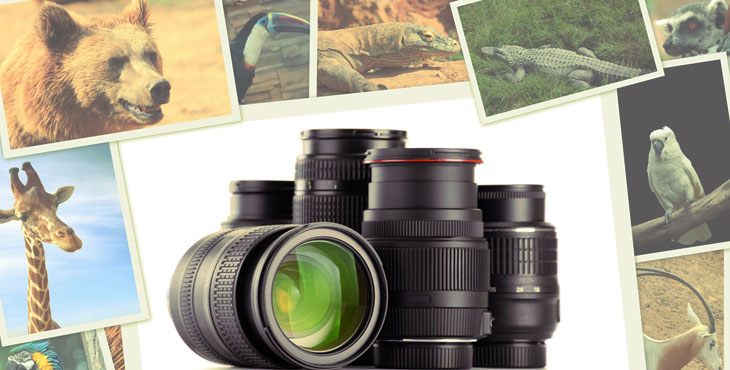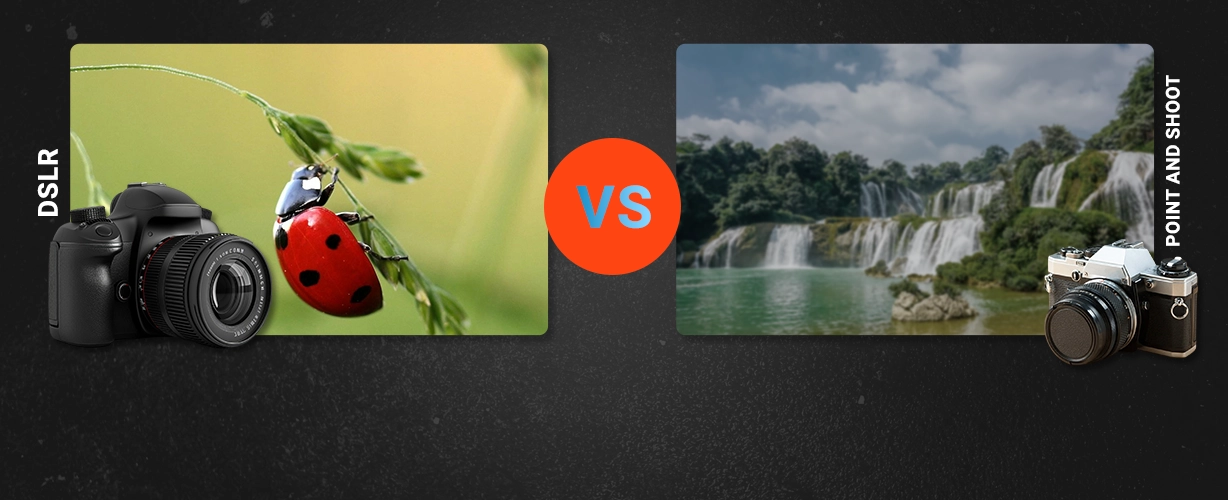While the camera is a great tool for capturing life as we see it, the right lenses can help capture life closer then we’re actually able to see it. Photographing that bird taking off down the lake, then, for example, becomes a matter of having the right lens.
While portrait and landscape photographers can take great images with inexpensive lenses, the best lenses for wildlife photography, are, unfortunately, pretty pricey. Still, by knowing what’s the most important when it comes to choosing a lens for wildlife photography, you can find some options that don’t cost as much as your car. Here’s what you need to know about choosing a lens for wildlife photography, as well as the top and budget options from both Canon and Nikon.
Factors to consider
Wildlife photography involves photographing an unpredictable subject, and one that’s often skittish if you get too close. Most animals are pretty fast, which requires a lens that can keep up with the pace. There are three big factors to get right when you choose a lens for wildlife photography:
Focal length is the number one factor when it comes to choosing a lens for wildlife photography. Chances are you can’t get close enough to fill the frame with a short lens. The best lenses for wildlife photography have a high focal length, ideally 200mm or more. When shooting with a telephoto, image stabilization is also a must, especially if you don’t hike with a tripod.
Speed is a necessary consideration as well. Freezing a bird taking flight, for example, requires high shutter speeds. Your camera determines the maximum shutter speed, but your lens’ maximum aperture will allow you to use faster shutter speeds with the existing light. The lower the f-number listed in the lens name, like f/1.8, the faster the lens is.
Autofocus speed is also a good thing to consider when choosing a lens for wildlife photography. If you’re shooting a deer running through a field—you’ll want to make sure your autofocus can keep up.
While you can use a set of prime lenses if you purchase a few at multiple focal lengths, we chose zoom lenses because they’re best for capturing the movement of wildlife. You don’t want to swap lenses and miss the perfect moment, and it’s easier to hike with one or two zoom lenses over several prime lenses.
The best wildlife lenses on the market will cost as much as $10,000—and if you shoot for National Geographic, you can probably justify the cost. But for beginners, or simply hobbyists, we’ve rounded up a few picks from both Canon and Nikon that hit a more reasonable $600-$3,000 price range.
Best Canon Lenses for Wildlife Photography
Good: Canon EF 70-200mm f/4L USM Telephoto Zoom Lens
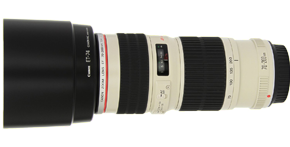
The Canon EF 70-200mm has a reach that’s great for wildlife photography. Images are crisp, and the autofocus is fast and accurate. While the f/4 aperture isn’t the best, it’s at least offered throughout the zoom range, where many lenses have even slower apertures at the long end of the zoom. That lower aperture may make it a bit tougher to freeze fast animals early in the morning or late in the evening, but it’s an affordable $650.
Better: Canon EF 100-400mm f/4.5-5.6L IS USM Telephoto Zoom Lens
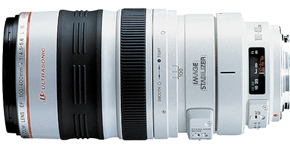
This Canon EF 100-400mm lens has more reach than our budget pick, and that extra 100mm can make a big difference in bringing the wildlife up close. This lens also incorporates image stabilization. Since camera shake is intensified at longer zooms, that’s a big perk here. The aperture is a bit slow yet at f/4.5-5.6L, but the lens comes in at only about $1,700.
Best: Canon EF 70-200mm f/2.8L IS II USM Telephoto Zoom Lens
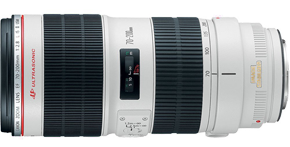
Along with having a good 70-200mm zoom range, this Canon lens has an excellent f/2.8 maximum aperture throughout the zoom range. That wider aperture will allow wildlife photographers to use faster shutter speeds, even early in the morning or late in the evening. The lens also includes an excellent four stops of stabilization, helpful for both that long zoom and shooting in more limited lighting. Autofocus is excellent as well. A water and dust resistant design seals the deal to make this lens among the best lenses for wildlife photographers.
Best Nikon Lenses For Wildlife Photography
Good: Nikon 70-300mm f/4.5-5.6G ED IF AF-S VR Nikkor Zoom Lens
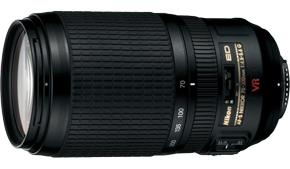
Sitting pretty at under $600, this lens will bring the wildlife in close without digging too deep into your wallet. The 70-300mm zoom range is excellent. Vibration reduction is included, and that’s a big plus for any telephoto. This lens is also fairly lightweight and portable, considering its reach. The downside is that the maximum aperture isn’t very wide, at f/4.5 to 5.6, though it will get the job done during the day. Sharpness at the long end isn’t quite as good as some of the more advanced versions either, but it will get the job done at a price that’s a better fit for hobbyists.
Better: Nikon 80-400mm f/4.5-5.6 ED VR AF-S Nikkor Lens
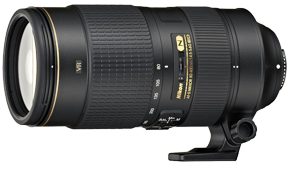
This Nikon lens has an excellent range—a 400mm to snap photos of wildlife way in the distance, and a solid 80mm to get shots that encompass more of the scene. That versatility is huge for wildlife photographers, and means you’ll probably only need to hike with one lens. Vibration reduction is a must for that super long 400mm. The fast autofocus is also a plus. That big zoom range does make it a bit heavier, though. The aperture also isn’t the widest at just f/4.5 on the wide end and f/5.6 on the long end, but this is the most reach you can pick up for under $3,000.
Best: Nikon 70-200mm f/2.8G ED VR II AF-S Nikkor Zoom Lens
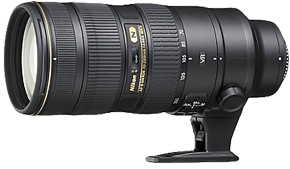
With a maximum f/2.8 aperture throughout the zoom range, this lens won’t have a problem using fast shutter speeds even at the beginning or end of the day. The latest version has “VR II”, or vibration reduction that allows you to shoot handheld at up to four stops slower than without stabilization. Image quality is excellent, even at 200mm. It’s a bit more to carry around, but it’s one of Nikon’s “workhorse” lenses that will help nail the shot every time. The 70-200mm focal length isn’t the highest around, but the lens is also compatible with teleconverters to expand the reach even further—so to really get the best, pair this with a teleconverter to get big distance and wide apertures without spending $10,000.
Conclusion
The best lenses for wildlife photography will help you bring the subject in close with a long zoom range. Wide apertures are a big help for freezing the motion even when lighting is limited. Anytime you use a telephoto lens, a fast autofocus and vibration reduction are also big factors to consider. The best lenses for wildlife photography will help you capture a sharp, crisp shot—and you can even expand that image quality even more with a bit of wildlife photography editing.
Ready to buy wildlife photography lens? Bookmark this page and come visit us again with your photos for top-notch image editing.
– SmartPHOTOeditors
SmartPHOTOeditors
